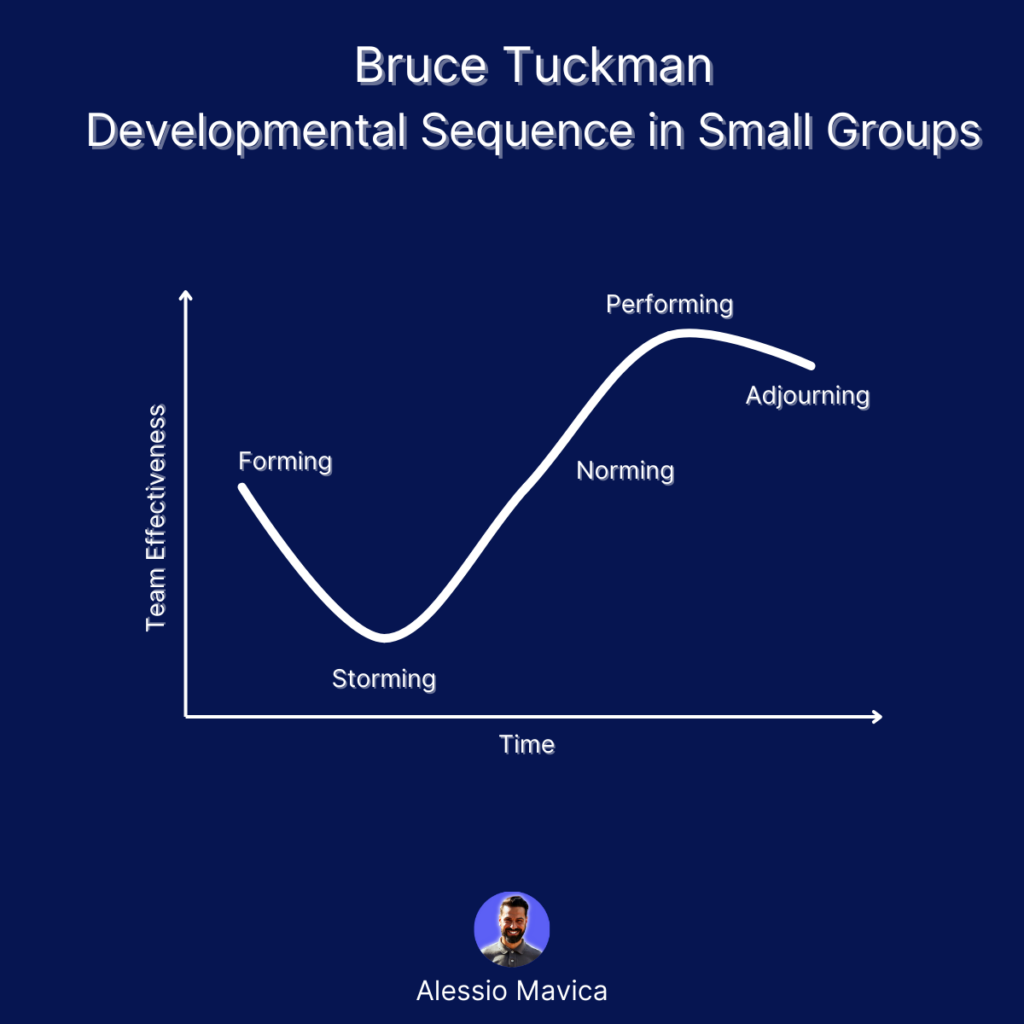Tools for Managing Client Collaboration in Software Development
Introduction
The Importance of Effective Client Collaboration
Are you struggling to maintain seamless communication with your clients? You’re not alone. Effective client collaboration in software development is crucial for project success, clear communication, and high-quality deliverables. Ensuring that both your team and your clients are on the same page can lead to increased satisfaction and project efficiency.

Challenges in Managing Client Collaboration
However, managing client collaboration has its fair share of challenges. From miscommunications and differing expectations to time zone differences and security concerns, finding the right tools to streamline this process can be daunting. But don’t worry – we’ve got your back! Let’s dive into the best tools for managing client collaboration in software development.
Problem-Solving Approach
Top Tools for Managing Client Collaboration
Project Management Software
If you’re looking for comprehensive project management software, consider tools that offer all-in-one solutions. These platforms usually come equipped with task management, time tracking, and client collaboration features.
All-in-One Solutions
Features to Look For: Task allocation, timeline tracking, resource management, real-time updates.
Popular Options: Asana, Trello, Jira.
Sometimes, a specialized tool is more suited to your needs. Here are a few that shine:
Specialized Tools
Client Portals: Give clients access to project updates and documents.
Reporting Dashboards: Simplify report generation and data visualization.
Communication Tools
Instant Messaging Apps
Quick questions and updates can often be handled through instant messaging apps like Slack or Microsoft Teams. These platforms allow for real-time communication and can be integrated with other project management tools.
Video Conferencing Solutions
For more in-depth discussions, video conferencing tools such as Zoom or Google Meet are indispensable. They provide face-to-face interaction, which can be crucial for complex discussions and presentations.
Collaboration Platforms
Platforms like Confluence or Miro enable real-time collaboration on documents and visual projects, making it easier to brainstorm and develop ideas with your clients. For more insights into maximizing efficiency with collaboration tools, check out our detailed guide here.
File Sharing and Documentation Tools
Cloud Storage Services
Services like Google Drive or Dropbox make it simple to share large files and keep everything in one accessible place. These platforms offer robust security features to ensure your data stays safe.
Documentation Management Systems
If you’re dealing with a lot of technical documents, a documentation management system like Notion or Confluence can help keep everything organized.
Code Repositories
For development-specific collaboration, platforms like GitHub or Bitbucket are essential. They allow for version control and seamless collaboration on codebases.
For a deep dive into mastering software development project management, visit our comprehensive guide here.
Common Challenges and Counterpoints
Now, you might be thinking, “All these tools sound great, but aren’t there a lot of challenges, too?” And you’re right; there are hurdles to effective client collaboration. Let’s dig into some of the common challenges and how to tackle them head-on.
Overcoming Communication Barriers
Time Zone Differences
Working with clients across different time zones can be a logistical nightmare. Meetings at odd hours, delayed responses, and misaligned working hours can create friction. But here’s the thing—tools like World Time Buddy can help schedule meetings that work for everyone. Plus, asynchronous communication platforms, like Slack, can bridge the gap, allowing team members to update and review progress at their convenience.
Language Barriers
Language differences can complicate collaboration. Sure, Google Translate can come to the rescue for quick translations, but it’s not perfect. Investing in professional translation services for critical documents can offer a more polished and accurate solution. How about using visual aids and diagrams during meetings? Non-verbal cues often transcend language barriers and can effectively convey complex ideas.
Managing Client Expectations
Scope Creep
You know that dreaded moment when the project scope starts expanding beyond the initial agreement? Managing scope creep is one of the trickiest parts of client collaboration. Clearly defining project scopes and using tools like AgencyDots to track changes can be lifesavers. Regularly updating clients and setting clear boundaries can also help keep the project on track. Remember, it’s all about managing expectations upfront.
Frequent Changes
But what about clients who frequently change their minds? Frequent changes can derail a project. Implementing robust change control processes, and keeping clients informed can mitigate this issue. Using Agile methodologies, which are inherently flexible and iterative, can also accommodate changes more gracefully.
Security Concerns
Data Privacy
In today’s digital age, protecting client data is more critical than ever. You might worry about data breaches and compliance issues. Ensuring that your tools comply with security regulations and offer data encryption is a must. Platforms like Google Drive and Dropbox have robust security features, but always vet your tools for compliance with standards like GDPR or HIPAA.
Secure Communication Channels
Secure communication is another pain point. Using encrypted communication channels like Signal or secure email services can offer additional layers of security, ensuring that sensitive information remains protected.
So yes, there are challenges, but they aren’t insurmountable. By understanding these hurdles and proactively addressing them, you can make your client collaborations smoother and more effective.
Conclusion
Reflecting on our journey through the myriad tools and strategies for effective client collaboration, it’s clear that the right combination can transform your software development projects. Remember how we started? The importance of seamless communication and effective collaboration can truly define the success of your projects. Facing challenges like communication barriers, managing expectations, and ensuring data security—these are all parts of the same complex puzzle.
We discussed how all-in-one project management solutions and specialized tools like client portals and reporting dashboards can streamline your workflow. Communication platforms, from instant messaging apps like Slack to video conferencing solutions like Zoom, play essential roles in keeping everyone connected. Not to mention, the importance of secure file sharing and proper documentation management can’t be understated.
But here’s what I want you to take away: these tools are only as good as the strategies you implement with them. It’s not just about having the latest software; it’s about integrating these tools into your workflow in a way that genuinely adds value to your projects and client interactions. So take a moment and think about the tools you currently use. Are they meeting your needs? Where can you improve?
Certainly, there will always be challenges—scope creep, language barriers, time zone differences—but each challenge is an opportunity for improvement. Use this knowledge as a stepping stone to refine your approach. Remember, effective collaboration isn’t just about following best practices; it’s about creating an environment where the whole team, including your clients, can thrive.
So, what will you do next? Will you revisit your current tools and strategies, or perhaps try out something new? Mull it over, experiment, and see how you can elevate your client collaborations. After all, the best solutions often come from a bit of thoughtful reflection and a willingness to adapt. Happy collaborating!
FAQs: Tools for Managing Client Collaboration in Software Development
1. What Are the Most Effective Tools for Managing Client Collaboration in Software Development?
In our article “Tools for Managing Client Collaboration in Software Development”, we discuss several top tools for improving client collaboration. These include all-in-one project management solutions like Asana and Jira, specialized tools such as client portals and reporting dashboards, and communication tools like Slack and Zoom. Each of these tools offers various features tailored to streamline workflow, enhance communication, and ensure project success.
2. How Can Project Management Software Enhance Client Collaboration?
Project management software can make a significant difference by providing a centralized platform for task allocation, time tracking, and resource management. As mentioned under the “Top Tools for Managing Client Collaboration” section, using all-in-one solutions or specialized tools helps keep both your team and clients informed, aligned, and engaged throughout the project lifecycle.
3. What Common Challenges Might I Face When Implementing Client Collaboration Tools?
In the “Common Challenges and Counterpoints” section, we delve into hurdles like communication barriers, managing client expectations, and security concerns. Whether you’re dealing with time zone differences, scope creep, or data privacy issues, each challenge presents an opportunity for improvement. With the right strategies and tools in place, these challenges can be effectively managed.
4. How Important Is Automating Client Reports?
Automating client reports is critical for saving time, reducing errors, and ensuring timely updates. Our article explores the benefits and implementation of automated reporting under the “Automating Client Reports” section. For a deeper look into the advantages, check out our related article here.
5. What Are Some Best Practices for Ensuring Effective Client Collaboration?
Our conclusion offers a summary of best practices, including integrating the right tools into your workflow, overcoming communication barriers, and managing client expectations. By implementing these strategies, you can create an environment where the entire team, including your clients, can thrive, leading to more successful and efficient projects.
Try AgencyDots for free!
Control your entire project portfolio from one place.
Make your software development agency efficient.
No credit card required.

